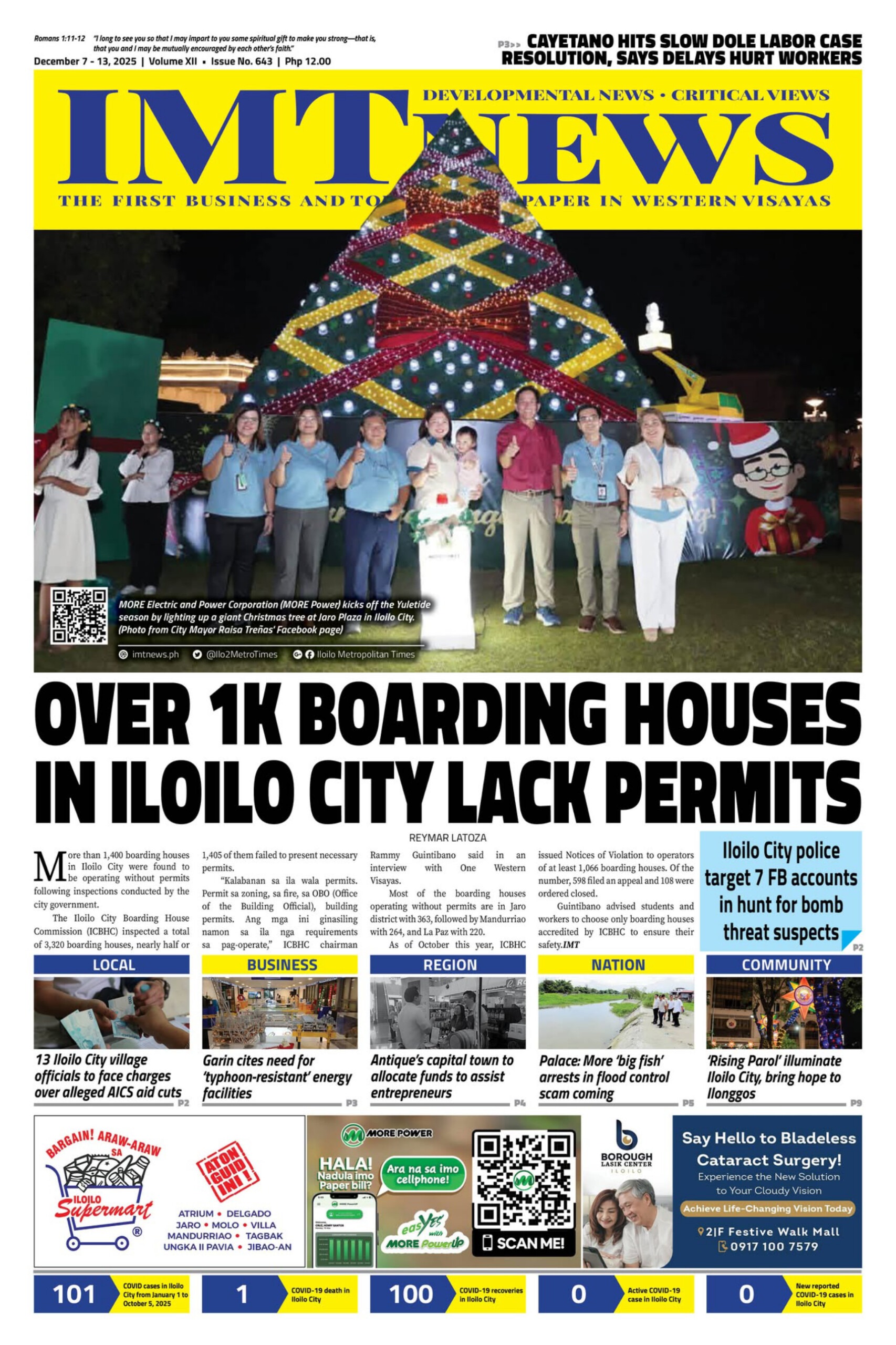La Maring’s Restaurant, a proud champion of Panay’s culinary heritage, is steering Iloilo toward a coveted spot on the global Slow Food Travel map. The restaurant, situated in the town of Lambunao, recently hosted a key validation team from Slow Food Negros as part of a province-wide assessment for the immersive tourism program set to launch in November this year.
Proprietor Edgar John Catolin envisions La Maring’s as the “culinary soul of Iloilo,” committed to showcasing the heirloom recipes and forgotten ingredients that distinguish the province of Iloilo. “We want to recover the Ark of Taste and revive the ingredients like batuan and libas and other souring ingredients endemic in the province,” he said, arguing that Western Visayas’ gastronomic reputation should extend far beyond Iloilo City’s famous batchoy and pancit molo.

The quest for Slow Food Travel accreditation
Slow Food Travel is an international accreditation that transforms tourism into an experiential journey, where guests actively participate in the local food system. The program is spearheaded in Western Visayas by Slow Food Negros, which already has accredited destinations in Sagay and Murcia.
Nicole Bacalngco of Slow Food Negros explained the objective: “We are here to validate the readiness of communities…if they are ready for slow food community experience activities.” These are not typical tours; as validator Paul Jasper Javellana emphasized, guests are there to “understand what the farmers are going through” by immersing themselves in the daily routines, such as planting or processing. This allows visitors to fully appreciate the effort and economics behind local food production.

Navigating the business-to-principle challenge
While La Maring’s is accredited to the slow food community and actively promotes local produce and traditions, Catolin is realistic about the hurdles of applying 100% Slow Food principles in a commercial setting. Slow food demands that ingredients be “good, clean, and fair”—a parameter that extends to details like the breed and feed of a chicken, and the local sourcing of everything, including flour for desserts.
“We cannot promise to give it 100% Slow Food all the time because we need to consider the economic side of the operation,” Catolin stated. His strategy is one of innovation and flexibility. The menu features creative dishes that celebrate Ilonggo nostalgia while remaining commercially viable. He also maintained the capability to execute a 100% Slow Food set-up specifically for dedicated Slow Food enthusiasts, ensuring the restaurant can cater to both its local clientele and the high standards of international guests.
Immersive plans
La Maring’s current practices, particularly a cooking demonstration where guests are involved in preparing food surrounded by the restaurant’s garden.

Moving forward, Catolin plans to enhance the experience further. The next phase will involve adding facilities to provide a truly immersive experience—incorporating a visible garden for guests to tour and dedicated areas where they can participate in cooking and preparation.
“We want people to visit this part of Western Visayas and see what the province has to offer, which is different from the city,” Catolin concluded.
With plans for the new, immersive facilities to be in place by the first quarter of 2026, La Maring’s is poised to become a destination that tells the full, rich story of the Panay’s culinary landscape.IMT
Photos by Ian Paul Cordero/IMT NEWS







